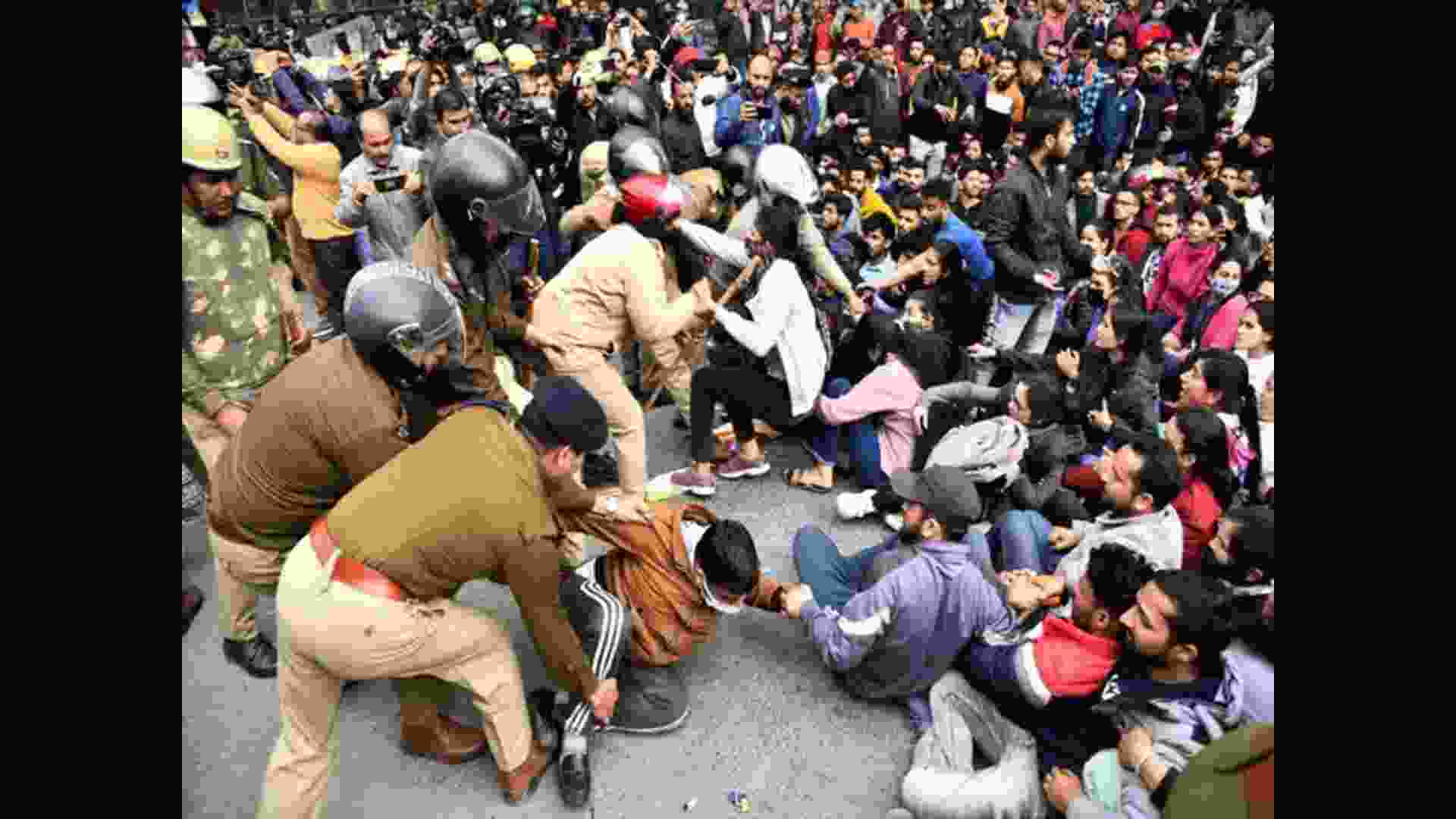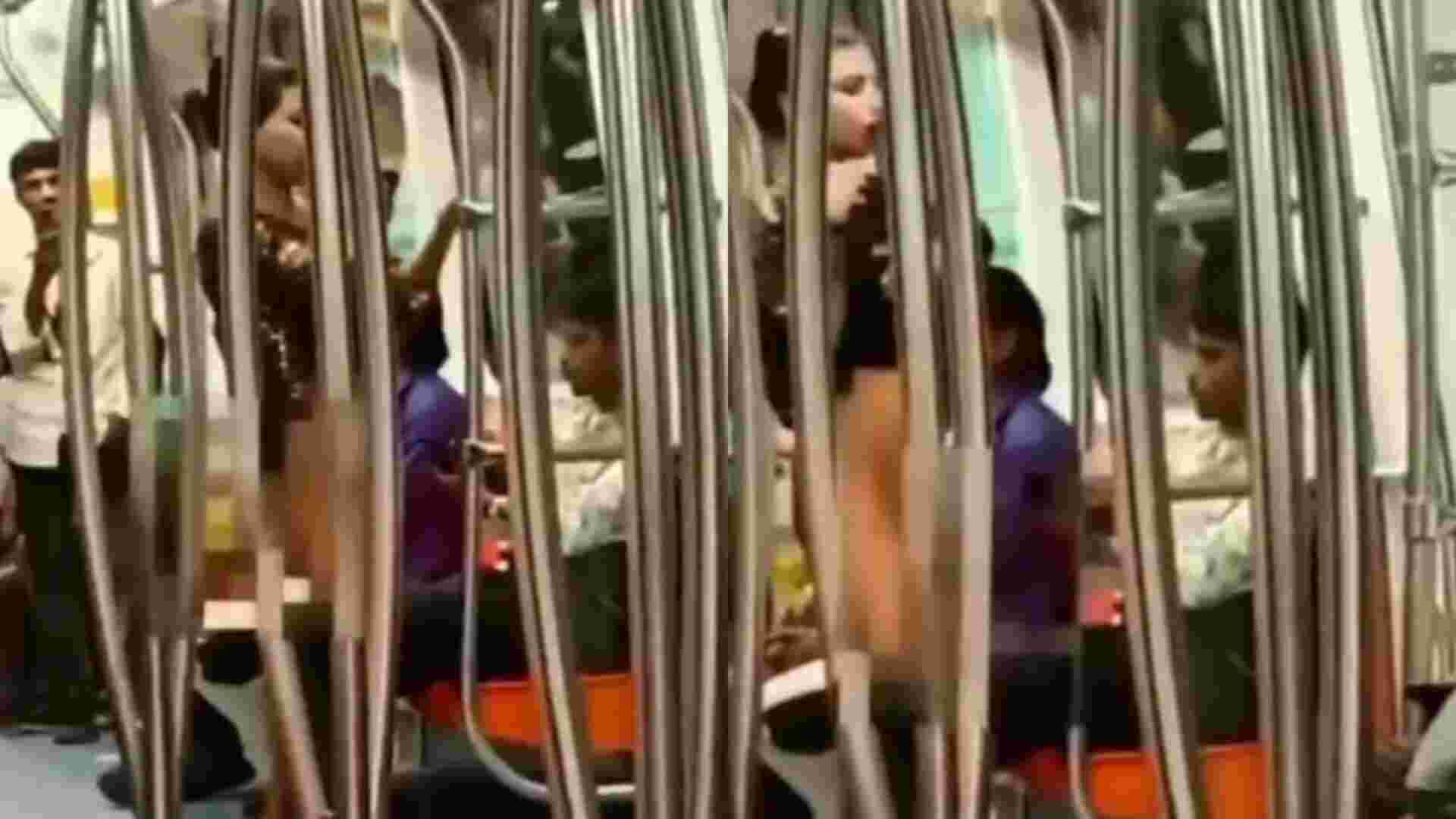
Elena Ferrante’s third book of the series, Those Who Leave and Those Who Stay, reads much longer than the first two. It continues the up and down waves in the lives of the major characters Lina and Elena, just like the first two books. The story begins with a scene in the future when Elena and Lina have aged, and they come upon the dead body of their old friend Gigliola, the ex-wife of Michele Solara. The story quickly moves back into the past, back to when Lina is working at the sausage factory and living with Enzo and Elena is engaged to Pietro and the book she has written is selling well. The country is in turmoil with people rising against exploitation by big business and against the government. There are many detailed discussions about this topic over the course of the book, some relevant to the story but many not so much.
Elena finds Lina in a lot of trouble and helps her – gets her severance money from the factory, gets Enzo connected with a computer expert to train and work on new IBM computers, writes articles to support the Labor cause and insists on taking Lina to several doctors to help improve her very frail health. As soon as she gets Lina back on her feet, it is Elena’s turn to ride the down wave. Her new husband doesn’t permit her to go on birth control, is a terrible lover and turns out to be a self-absorbed, egotistical boar of a man. Elena ends up pregnant, with no chance of another book, ill-equipped to care for her family, insecure, and ignored by her husband, causing her to seek out other men, just for the attention. When she finally writes another book during her second pregnancy, both her mother-in-law and Lina declare it awful, sending her back into another downward spiral.
Meanwhile, Lina begins her climb as assistant to Enzo for computer programming but the story keeps returning to Elena and her dreary life as wife and mother. Ferrante uses the same trick as before to bring in Lina’s perspective at the very beginning of the book when Lina tells Elena what went on in the sausage factory, but the rest of the book is all in first person Elena, with her thoughts presented in great detail.From her young daughter masturbating on the bed to being absolutely convinced that it was Lena who had shot three people at the sausage factory.
Meanwhile, Ferrante says little about what goes on with Lina, making me actually stop and turn back pages to see if I had missed something. But I hadn’t, because this is Elena’s book, the one where she frees herself of Lina. She feels remorse when she meets Lina in Naples. Thinking about her life and Lina’s she feels as if ‘Hers was a life in motion, and mine was stopped,’ but she also realizes something else – that she is finally coming into her own. ‘My becoming was a becoming in her wake. I had to start again to become, but for myself, as an adult, outside of her.’
Nino’s entry into her life, first as a guest and then as her lover further transforms Elena, out of the safety of her marriage, out of doing everything expected of her, and into more dangerous and unpredictable territory. She’s still trying to be more like Lina, still trying to fill her shoes, or is she? I’m looking forward to the fourth book. Are you?

Priya Hajela is the author of Ladies’ Tailor, published by Harper Collins India.















